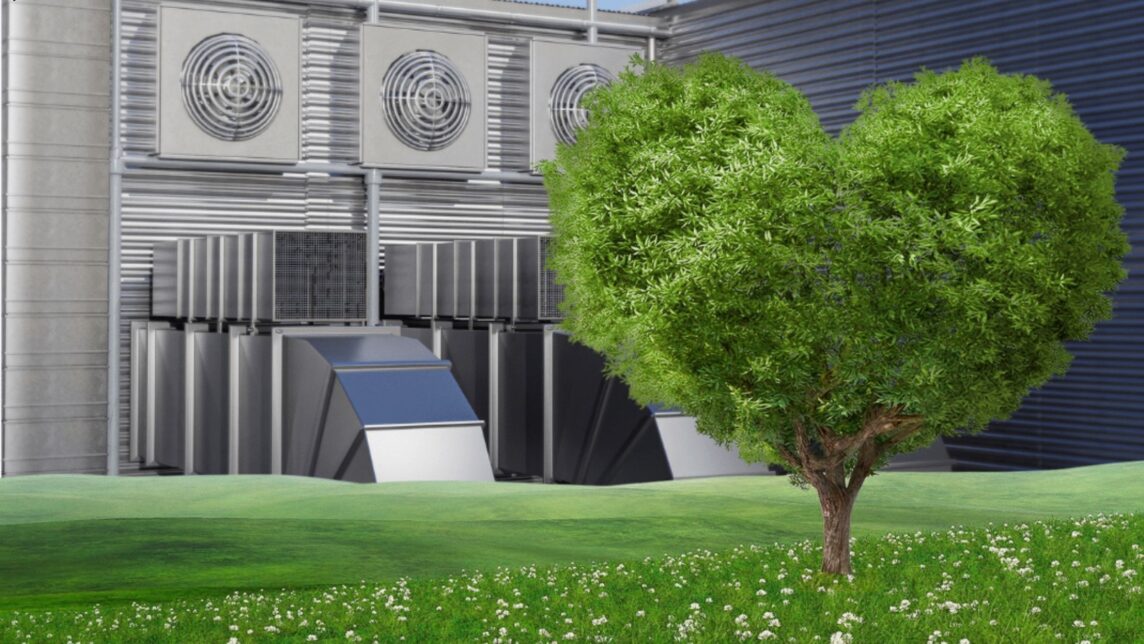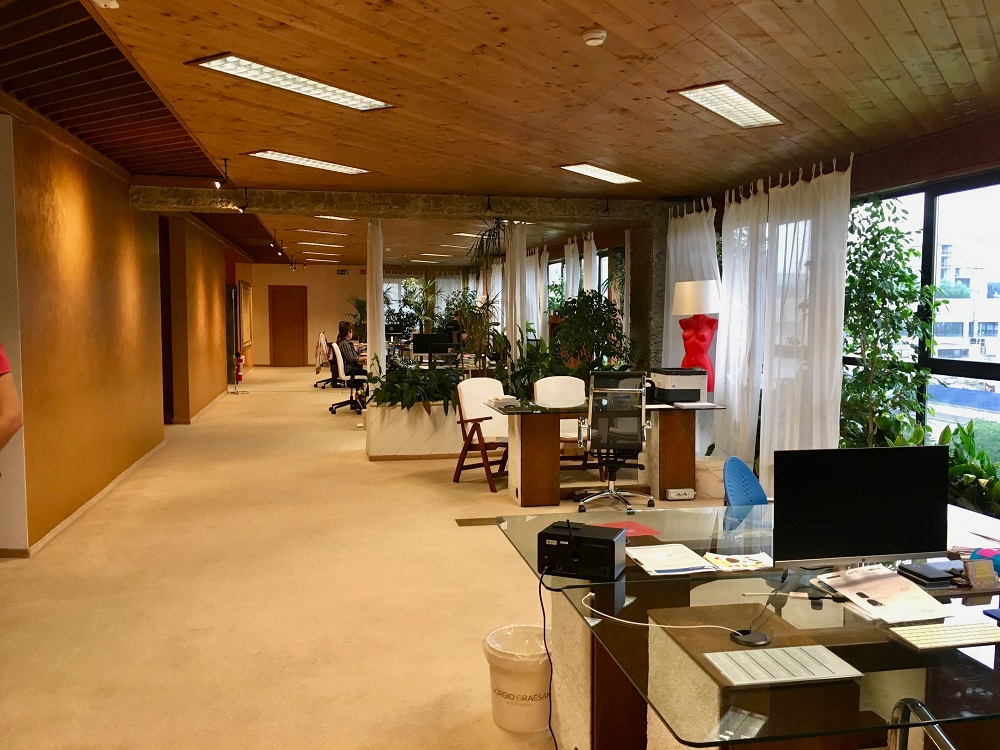By now you probably know that Bonus Eventus Maintenance is passionate about the environment. At least, we hope you are! We’ve written a lot in the past about the importance of planning your HVAC systems around environmental friendliness, ways to reduce your carbon emissions and how to use the amazing technology we have to start reversing some of the damage that has been done to the planet. Because while HVAC systems of the past could be incredibly harmful, they don’t have to be anymore. In fact, there are several ways you could adjust your building HVAC systems to not only save you money but be kinder to the environment too. And today we’re going to round up our favourite options into one post for you.
Solar Power
It’s a well-established energy source that will never run out, solar power has exploded in popularity over the past few years. You can use passive solar power methods like solar panels to power your HVAC systems, which many people do at the moment. Or you can use direct gain systems, which use the sunlight that passes through windows and converts it to thermal energy which the walls and floor store as heat energy. When the temperature in the room drops, the heat energy radiates out into the space, keeping it warm. There is also the option of storing pipes in the walls of buildings, which are filled with water and warmed by the sun before being pumped around the building. If you think outside of the box, you never need to use energy from the grid to power your HVAC systems again!
Geothermal Energy
Otherwise known as heat pumps. These systems draw heat up from deep underground, where the core of the planet warms streams of hot water and steam. Even just a few feet below the ground the water temperature is around 5-26°C, depending on the area. We use heat pumps to access and harness this geothermal energy, turning it into energy that can be used to heat or cool any building. Heat pumps are generally installed in the ground near the building, and then the liquid inside the pumps absorbs the heat in the ground to heat the building in winter and cool it in the summer. This is currently one of the more popular heating methods for commercial properties, and we are seeing more and more being installed every day.
Ice-Powered Air Conditioning
This is absolutely cutting-edge technology, so it isn’t available to the wider market just yet, but we expect to see ice-powered air conditioning making headlines before long. This is based on a new technology that converts water to ice, which can then be used to run air conditioning systems. The air-con units convert the water to ice using a system of copper coils during the night cycle and stores it. As the temperature of the building rises, the ice cools the hot refrigerant and therefore the building during the day. This cuts the energy used by the system by around 30% and drastically reduces your electricity bills too.
DeVAP
Another new HVAC technology that’s been designed to make HVAC systems more environmentally friendly and cost-effective. DeVAP stands for Desiccant-Enhanced Evaporative air conditioning, and it combines the cooling power of evaporation with the dehumidifying power of liquefied desiccants. That might sound like gibberish, but you come into contact with liquefied desiccants more often than you think – it’s what’s in those little packets you get in shoe boxes, handbags and other items that don’t like moisture. And it turns out that combining liquefied desiccants with evaporation makes an incredibly cost-effective air conditioner! DeVAP is still in the prototype stage, but tests have demonstrated a 90% reduction in energy use, so we expect to see them going mass market fairly soon!
Smart Ceilings
We talked in our last blog about smart buildings being the future, and environmental impact is a big factor in that. This option is less about changing your current HVAC system, and more about making sure it’s being used in the right way to get maximum results and produce minimal emissions. Smart ceilings or ‘digital ceilings’ are essentially ceilings fitted with sensors that can detect motion, occupancy, temperature and even carbon dioxide levels, and then feed all of that information back to the computer that controls your HVAC systems. So no more heating empty offices, and far less fossil fuel used.
So, what do you think about the future of HVAC? Could one of these systems be the solution to your environmental worries? At Bonus Eventus Maintenance we are always happy to work with facilities managers and block managers who want to reduce their carbon footprint while improving the performance of their HVAC systems, and our experts are perfectly placed to help you. For more information, just get in touch with the team today.





